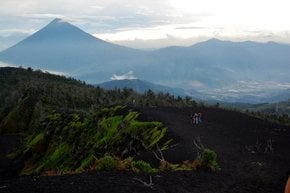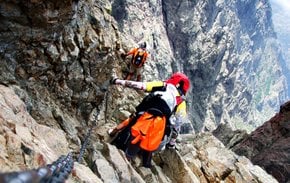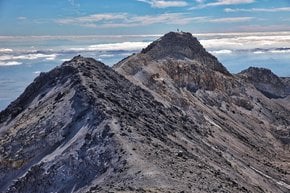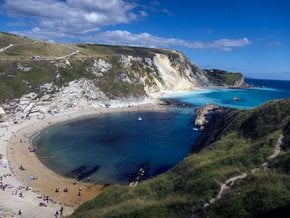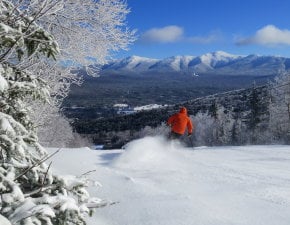Mount Washington in New Hampshire 2024-2026
The highest peak of the Appalachian Trail in the Northeast will challenge you with strong winds
Best time: all year round
Mount Washington, with its highest peak reaching a height of 6,288 ft (1917 m), is considered to be one of the most dangerous for hiking. This spot is infamous as home to the world's worst weather. Severe weather conditions that combine storms, snow, icy temps, strong winds, and high humidity can occur in any season. Sometimes winds can speed up to 96 km/h, which makes hiking nearly impossible.
Besides the challenges, Mt Washington offers breathtaking views, lots of hiking trails, the famous Cog Railway, and driving the Mount Washington Auto Road. This place is a perfect destination for hikers, climbers, and skiers.
Hikers ascend Mount Washington year-round. Summer often brings unexpected thunderstorms. Winter hiking requires a better preparation, but it's worth the effort as the views are stunning and there are fewer people around. Some trails are rather challenging during the winter moths requiring ice climbing equipment and prior experience. On average, the summit is covered in for for about 300 days out of the year, but on clear days you will be able to enjoy the views of five states and Canada.
One of the most popular and easiest routes is Tuckerman Ravine Trail, which can be found at the east side of the mount. The trail head is at the Pinkham Notch Visitors Center. The trail will take you to the summit with a quick elevation gain passing by a gorgeous waterfall right at the base.
When the weather is good, you can also try the Boot Spur Trail, which offers beautiful views. There are also other trails to the summit, but they are harder to climb as they are steeper. Do not underestimate this hike. This mount has seen lots of fatal cases, about 150 since 1849 to be more precise, mostly due to hypothermia.
Every hiker should check the weather before heading to the summit, especially during the shoulder season when the weather changes unexpectedly fast. On a hot sunny day at the base of the mountain, you can expect the summit to be freezing cold. If the weather is getting worse during your hike, don't proceed. It will get much worse at higher elevation. Always pack warm clothes, weatherproof layers, and an emergency blanket or a bivy sack.





















